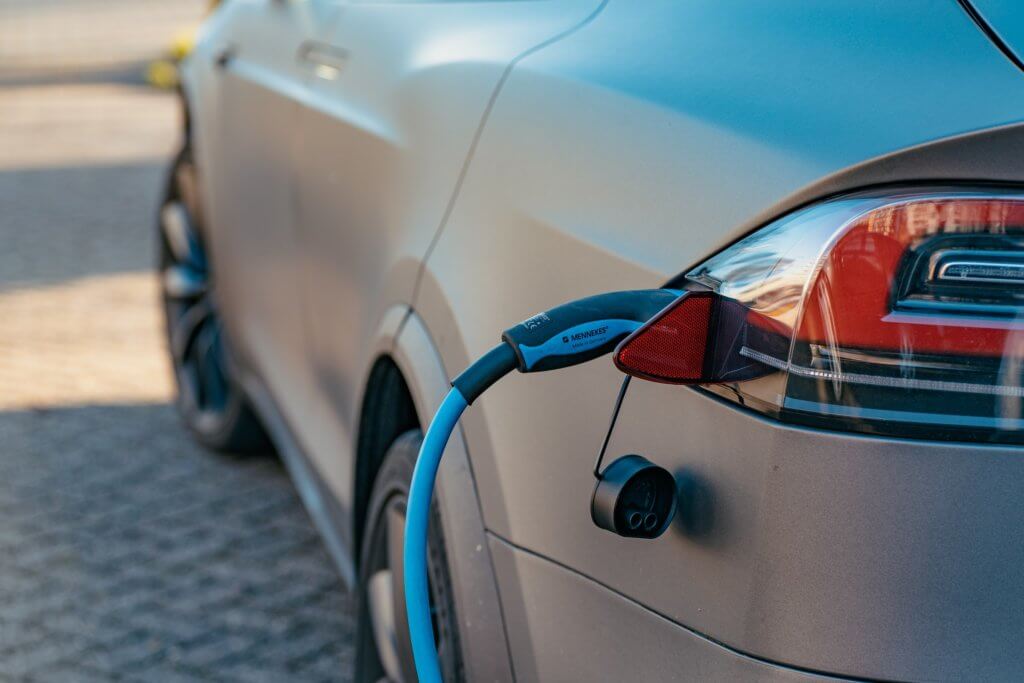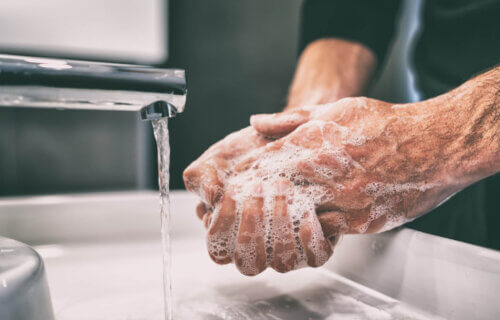PROVIDENCE, R.I. — Batteries and soap don’t usually end up in the same sentence, but researchers from Brown University suggest the secret to longer-lasting batteries may be hiding in the process that allows soap to clean and trap germs. The team uncovered that one of the most promising electrolytes intended for longer-lasting lithium batteries features complex nanostructures that act like micelle structures do in soapy water.
When a person washes their hands with soap, the soap forms structures called micelles that actually trap and remove grease, dirt, and germs when they combine with water. In this way, the soap acts as a bridge of sorts between the water and what someone is cleaning away. The soap binds them and wraps them into those micelle structures.
During this latest research project, study authors observed that a very similar process appears to take place in what has become one of the most promising substances for designing longer-lasting lithium batteries; a new variety of electrolytes referred to as a localized high-concentration electrolyte. The research team believes that this new perspective on how this process works may prove to be the final piece of the puzzle regarding this emerging sector of technology.
“The big picture is that we want to improve and increase the energy density for batteries, meaning how much energy they store per cycle and how many cycles the battery lasts,” says Yue Qi, a professor at Brown’s School of Engineering, in a university release. “To do this, materials inside of traditional batteries need to be replaced to make long-life batteries that store more energy a reality — think batteries that can power a phone for a week or more, or electric vehicles that go for 500 miles.”

Scientists have been actively working on transitioning to batteries made from lithium metal for some time since they offer a much higher energy storage capacity than current lithium-ion batteries. The issue is traditional electrolytes, which are integral because they allow an electrical charge to pass between a battery’s two terminals, which sparks the electrochemical reaction necessary to convert stored chemical energy to electric energy. Traditional electrolytes for lithium-ion batteries, essentially made of low-concentration salt dissolved in a liquid solvent, do not perform this function effectively in metal-based batteries.
Localized high-concentration electrolytes used in this study were engineered by scientists at Idaho National Laboratory and Pacific Northwest National Laboratory. They were made by mixing high concentrations of salt in a solvent with another liquid called a diluent, which produces a more efficient electrolyte flow, maintaining the power of the battery.
So far, in a series of previous lab tests, this new variety of electrolytes has indeed shown promising results. However, precisely how it works and why remains a mystery. This knowledge gap currently impedes how effective it can be and how it can be better developed. This is what the new study helped to address.
“The paper provides a unified theory to why this electrolyte works better and the key understanding of it came by finding that micelle-like structures form within this electrolyte — like they do with soap,” explains Bin Li, a senior scientist at Oak Ridge National Laboratory who worked on the study. “Here we see that the role of the soap or surfactant is played by the solvent that binds both the diluent and the salt, wrapping itself around the higher concentration salt in the center of the micelle.”
By better understanding this, study authors were able to break down the ratios and concentrations needed in order to promote the optimal reactions for the batteries. This should help solve one of the main trouble points currently plaguing the engineering of this electrolyte; finding the proper balance for the three ingredients. Moreover, this work not only provides better guidelines for making localized high-concentration electrolytes that function, but also offers superior advice for making ones that work even more effectively.
Researchers at Idaho National Laboratory put the theory into action. This led to the finding that the theory does appear to hold up so far, helping to extend the life of lithium metal batteries. Moving forward, researchers are excited to see what designs for localized high-concentration electrolytes stem from their work. But, they also know significant progress still must be made to overcome the electrolyte design bottleneck for high-density batteries. Still, they can’t help but be amused that the secret may have been in something as mundane as soap all along.
“The concept of the micelle may be new for the electrolyte, but it’s actually very common for our daily life,” Prof. Qi concludes. “Now we have a theory, and we have guidelines to get interactions we want from the salt, the solvent and the diluent in the electrolyte, and what concentration they have to be at and how you mix them.”
The study is published in the journal Nature Materials.
You might also be interested in:
- Your choice of soap could be turning you into a magnet for mosquitoes!
- Electric car battery that charges in less than 60 minutes may be on the horizon
- Scientists create biodegradable batteries that can be buried in soil after use!
- Best Electric Cars: Top 5 EV Models Recommended By Experts

